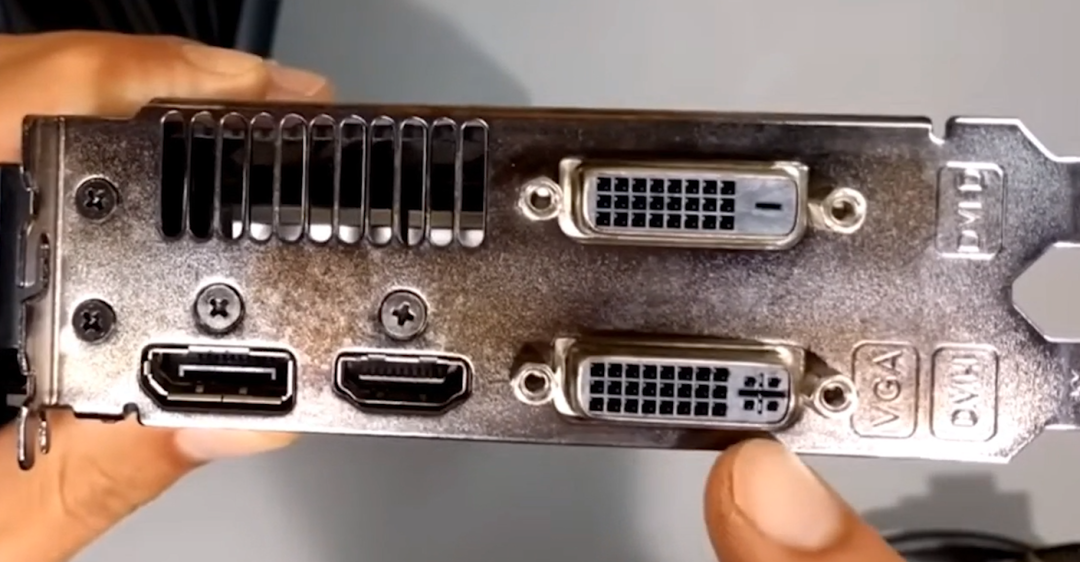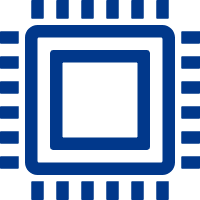Whether you're an industry professional or not, chances are you've encountered various video interfaces at some point. But what are their respective functions, and how do they differ from each other? Let's dive into a brief science lesson on the common video interfaces: VGA, DVI, HDMI, and DP.

VGA Interface
Starting with the oldest, the VGA (Video Graphics Array) interface, introduced in 1987, was initially used with CRT monitors. As early devices relied on analog signals, VGA employed an analog protocol. Its theoretical resolution can reach 2048*1536, but due to the weak anti-interference capability of analog signals, VGA cables on the market can only support up to 1080p/60Hz. This limitation, coupled with its inability to transmit audio and the lack of hot-swapping capability, has made VGA increasingly uncommon in the home setting. However, it's still prevalent in slower-paced industries such as industrial equipment, medical devices, radar recorders, and old-school projectors.

DVI Interface
As digital signals gained prominence, Intel spearheaded the development of the DVI (Digital Visual Interface) in 1999. If you've encountered a desktop computer with a screw-on cable, chances are it's a DVI connection. DVI can transmit both digital (and analog) signals, boasts stronger anti-interference capabilities, and supports higher resolutions. There are multiple DVI interface types, initially designed to simplify the conversion between digital and analog signals. Nowadays, however, unless there's a specific need, most DVI cables available in the market are of the highest specification.

HDMI Interface
In 2002, traditional TV manufacturers like Sony, Panasonic, and Philips, believing DVI was insufficient, collaborated to introduce HDMI (High Definition Multimedia Interface). While HDMI and DVI share the same core technology (TMDS), HDMI cables are more compact, capable of transmitting audio, and offer superior image quality while remaining compatible with DVI. There are three types of HDMI interfaces catering to regular devices, portable devices, cameras, game consoles, etc. Over two decades, HDMI has become the most ubiquitous display interface, evolving through various versions to support increasingly higher resolutions and refresh rates.
However, HDMI is not without its drawbacks. Being a joint venture among TV manufacturers, HDMI's compatibility with a wider range of computer display devices is seen as lacking in professional circles. Additionally, using HDMI requires paying licensing fees.

DP Interface
Enter DisplayPort (DP), introduced in 2006 by a consortium of PC/chip companies as HDMI's formidable competitor. DP employs a unique technology that transmits video content in packets, enabling displays to adapt to the graphics card's frame rate to prevent screen tearing (G-SYNC technology) and facilitating the daisy-chaining of multiple displays through a single DP cable. Designed for PCs, DP boasts impressive specifications, with even its base 1.2 version supporting 4K60, and the 1.4 version being a gamer's dream for high refresh rates. The 2.0 version, paired with DSC technology, can achieve a staggering 16K 60Hz.

While DP's performance is undeniably impressive, its popularity lags behind HDMI. Currently, only select devices demanding high resolutions and refresh rates support DP. Nevertheless, given its powerful capabilities and free-to-use nature, DP is poised to see greater adoption in computer displays in the future. It's worth noting that Type-C interfaces can also transmit video, utilizing the same protocol as DP. That concludes our overview of video interfaces.
















